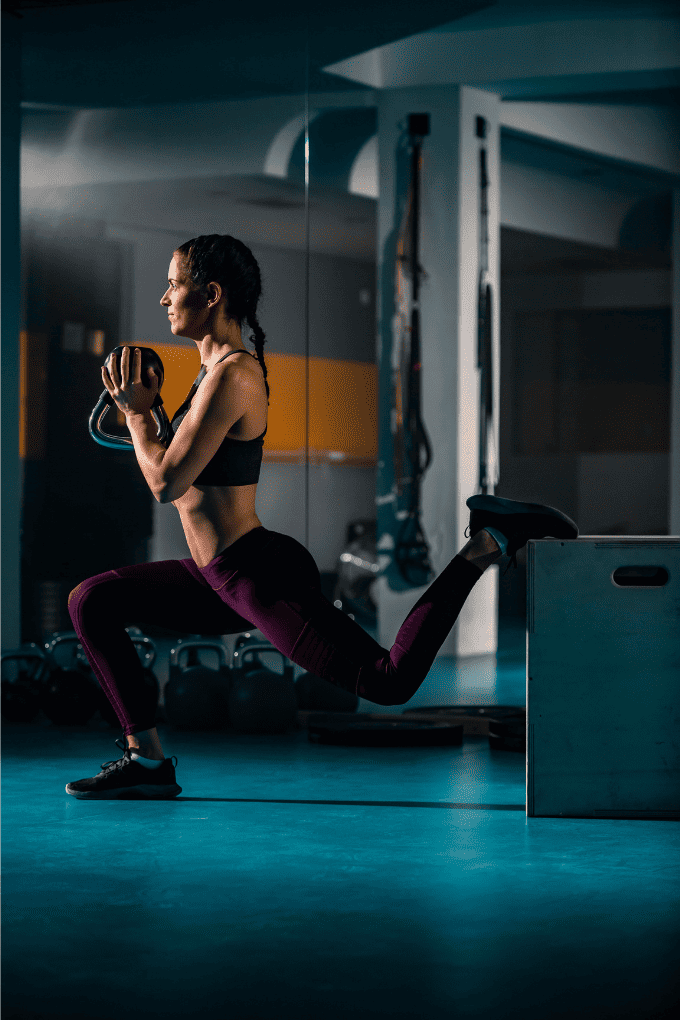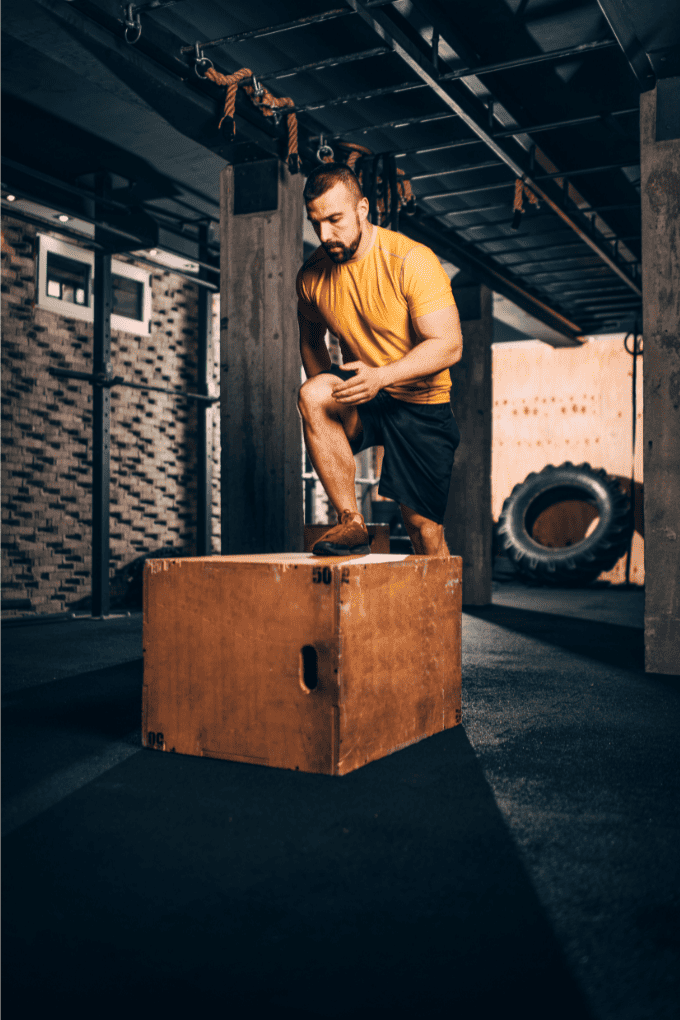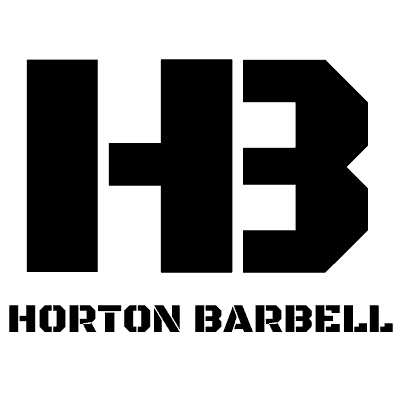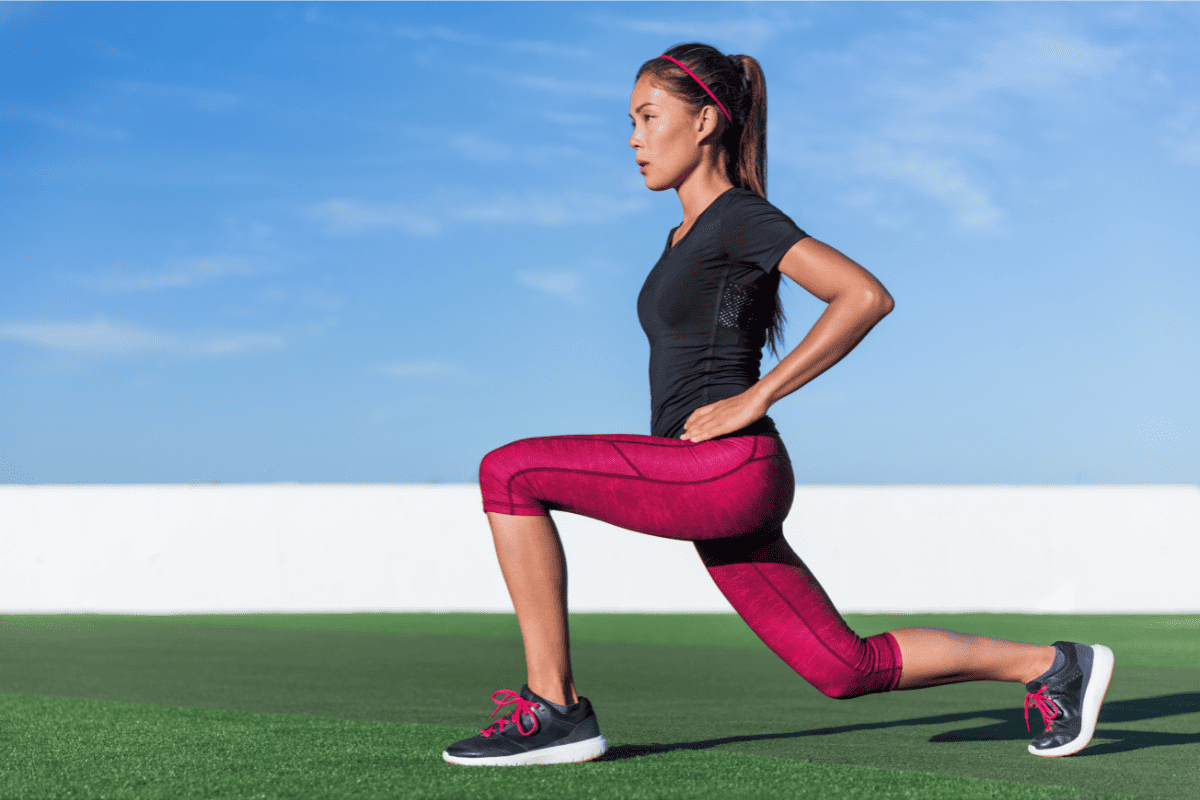Bodyweight Lunge (How To, Benefits, Muscles Worked)
Bodyweight Lunges are a fundamental exercise for building strength and stability in your lower body. They are simple to learn, require no equipment, and can be done anywhere, making them a versatile choice for your workouts.
In this guide, I will discuss the benefits of Bodyweight Lunges, the proper form and technique for performing the exercise, muscles worked, and offer tips and variations to help you get the most out of your workouts.
Whether you are looking to improve your balance, stability, or overall leg strength, Bodyweight Lunges can be a valuable addition to your training program.
How To Do Bodyweight Lunges
Equipment Needed
- None
Muscles Worked
- Quadriceps
- Hamstrings
- Glutes
- Calves (secondary)
- Core (as stabilizer)
Step-by-Step Instructions

- Stand upright with your feet hip-width apart, maintaining a straight posture with your shoulders relaxed and your chin up.
- Take a big step forward with one leg, landing with your heel first.
- Lower your body until both knees form a 90-degree angle, ensuring the front knee is directly above the ankle.
- Keep your core engaged and your upper body straight throughout the movement to maintain balance.
- Push through the heel of your front foot to return to the starting position.
- Repeat the lunge with the other leg forward.
- Continue alternating legs for your desired number of repetitions.
Coaching Points
Ensure that the knee of the front leg is aligned with the ankle during the lunge, and not extending past the toes, to avoid strain on the knee joint.
Maintain a firm and engaged core throughout the movement to aid balance and prevent unnecessary wobbling or leaning.
Bodyweight Lunge Benefits
Bodyweight Lunges can offer a plethora of benefits including:
- Improved Balance: By working one side of your body at a time, lunges can help to improve your balance and stability.
- Enhanced Muscular Symmetry: Since lunges are a unilateral exercise, they promote equal strength and muscular development on both sides of the body.
- Increased Flexibility: Performing lunges can enhance the flexibility in your hips and hamstrings by promoting a full range of motion in the lower body joints.
- No Equipment Necessary: Being a bodyweight exercise, lunges require no additional equipment, making them a convenient option for home workouts and for people on the go.
Bodyweight Lunge Alternatives
Need an alternative for Bodyweight Lunges?
Here are two exercises that you may be able to use as a substitution:
Bulgarian Split Squats

Bulgarian Split Squats also target the quadriceps, hamstrings, and glutes, similar to Bodyweight Lunges.
By elevating one foot behind you, it adds a balance challenge and increases the activation of the targeted muscles, offering a more intense workout for one leg at a time.
Step-ups

Step-ups are a great alternative because they engage the same muscle groups as lunges, while also providing the opportunity to work on stability and balance.
Utilizing a raised platform, like a bench or a plyo box, you step up and down, one leg at a time, focusing on controlled movements to engage the lower body muscles efficiently.

Get Shredded… For Free
Get a free workout Monday through Friday, posted right here on Horton Barbell. These workouts are designed to help you get strong, in shape and look great at the beach!
More Links and Info
To see more exercises that can easily be incorporated as a warm-up (or a bodyweight circuit), check out the Warm-Up Section of the Exercise Library.

